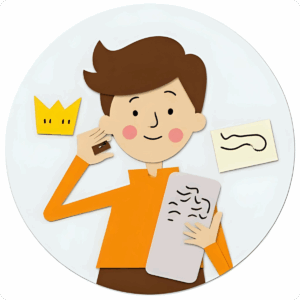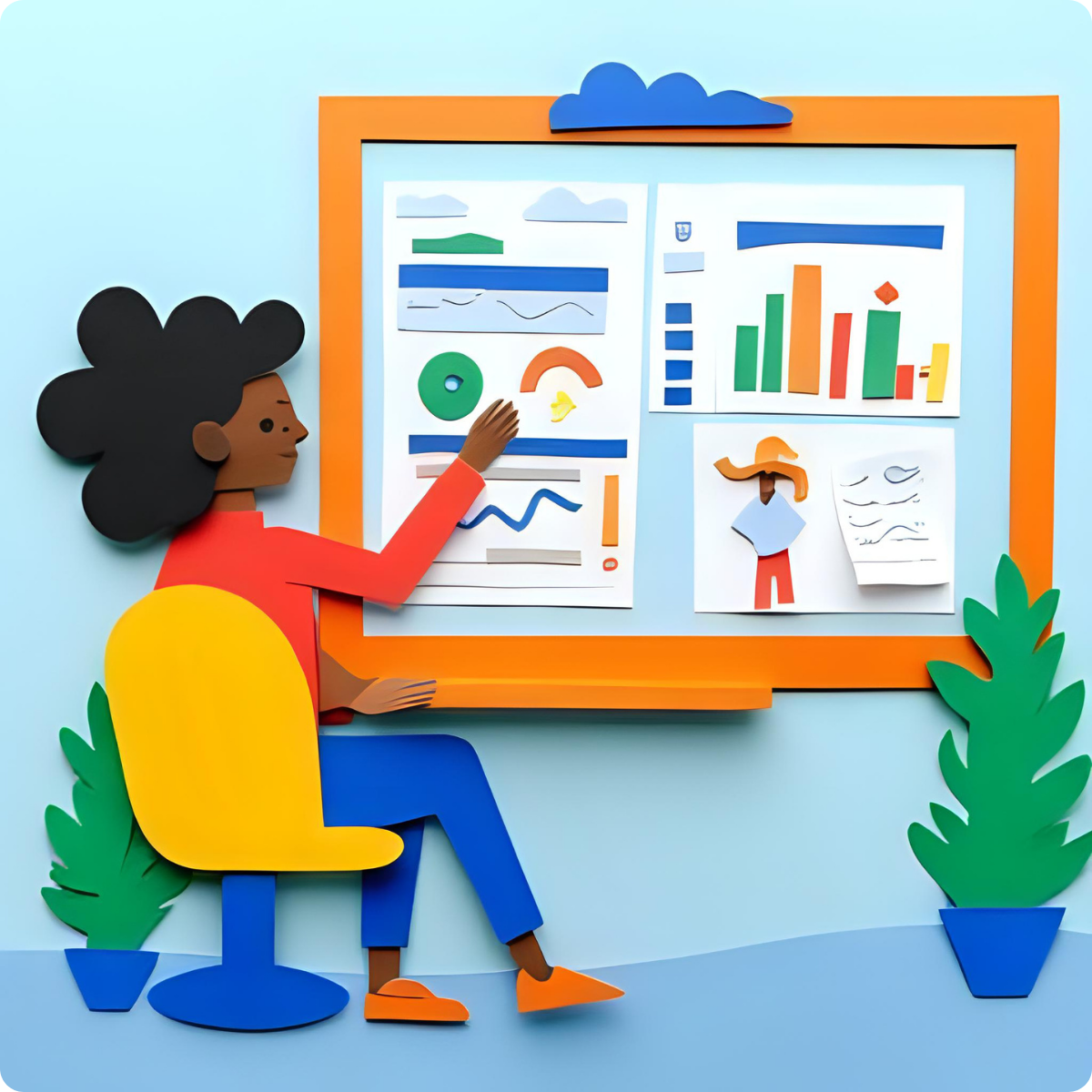As the world of work continues to evolve in 2025, HR and payroll technology has become more than just a back-office utility – it’s now a strategic enabler for business growth, compliance, and employee retention.
Whether you’re a fast-growing SME or an established mid-market enterprise, the demand for integrated, cloud-first HR and payroll platforms has never been greater.
Here’s what’s driving innovation in the space, and what decision-makers should be considering right now.
Cloud-Native Platforms Take the Lead
Gone are the days of on-premise systems and clunky spreadsheets. Modern HR and payroll platforms like BambooHR, HiBob, Gusto, PayFit, and ADP Workforce Now are designed to be cloud-native, modular, and mobile-friendly.
Why it matters:
- Real-time access to data from any location
- Seamless integrations with accounting, time tracking, and benefits systems
- Regular updates for changing legislation and compliance standards
Cloud platforms are also better equipped for global workforces, with support for multi-country payroll and localised HR features.
 AI & Automation: Less Admin, More Strategy
AI & Automation: Less Admin, More Strategy
Modern HR tech is eliminating tedious manual processes through automation and AI. For example:
- Payroll automation reduces errors and ensures timely payments
- Intelligent leave tracking automatically updates balances and entitlements
- AI-driven analytics flag potential compliance issues or engagement trends
This frees up HR professionals to focus on strategic initiatives like employee engagement, talent development, and DEI (Diversity, Equity & Inclusion).
Compliance & Data Security: Top of the Agenda
With increasingly strict data regulations (GDPR, IR35, SOC 2, etc.), HR and payroll solutions must put security and compliance at the core.
Today’s platforms offer:
- Role-based access and secure document storage
- Automated tax filing and real-time audit trails
- Localised compliance for cross-border payroll
For IT leaders, a single, secure solution with built-in compliance controls helps reduce the risk of breaches, fines, or reputational damage.
Employee Experience and Self-Service
Employees now expect consumer-grade digital experiences from their HR tools. Leading platforms provide:
- Self-service portals for pay slips, time off requests, and tax forms
- Mobile apps for clocking in/out, benefits access, and feedback surveys
- Onboarding flows with digital signature support and integrated training modules
A smoother HR experience not only improves satisfaction but also reduces support load on internal HR teams.
 Integration Is the New Differentiator
Integration Is the New Differentiator
In 2025, the best platforms aren’t standalone – they’re part of an ecosystem. Businesses want HR and payroll systems that integrate natively with:
- ERP and accounting systems (e.g., Xero, QuickBooks, NetSuite)
- Recruitment and ATS platforms (e.g., Workable, Greenhouse)
- Collaboration tools (e.g., Slack, Teams)
Choosing a vendor with open APIs and marketplace integrations is key for long-term scalability and flexibility.
Choosing the Right Solution
When evaluating HR and payroll software, key considerations should include:
- Scalability – Can the platform grow with your business?
- Compliance coverage – Does it meet your legal requirements in every location?
- User experience – Is it intuitive for both employees and admins?
- Support and SLAs – How responsive is the vendor when things go wrong?
- Total cost of ownership – Consider time saved, not just license fees

